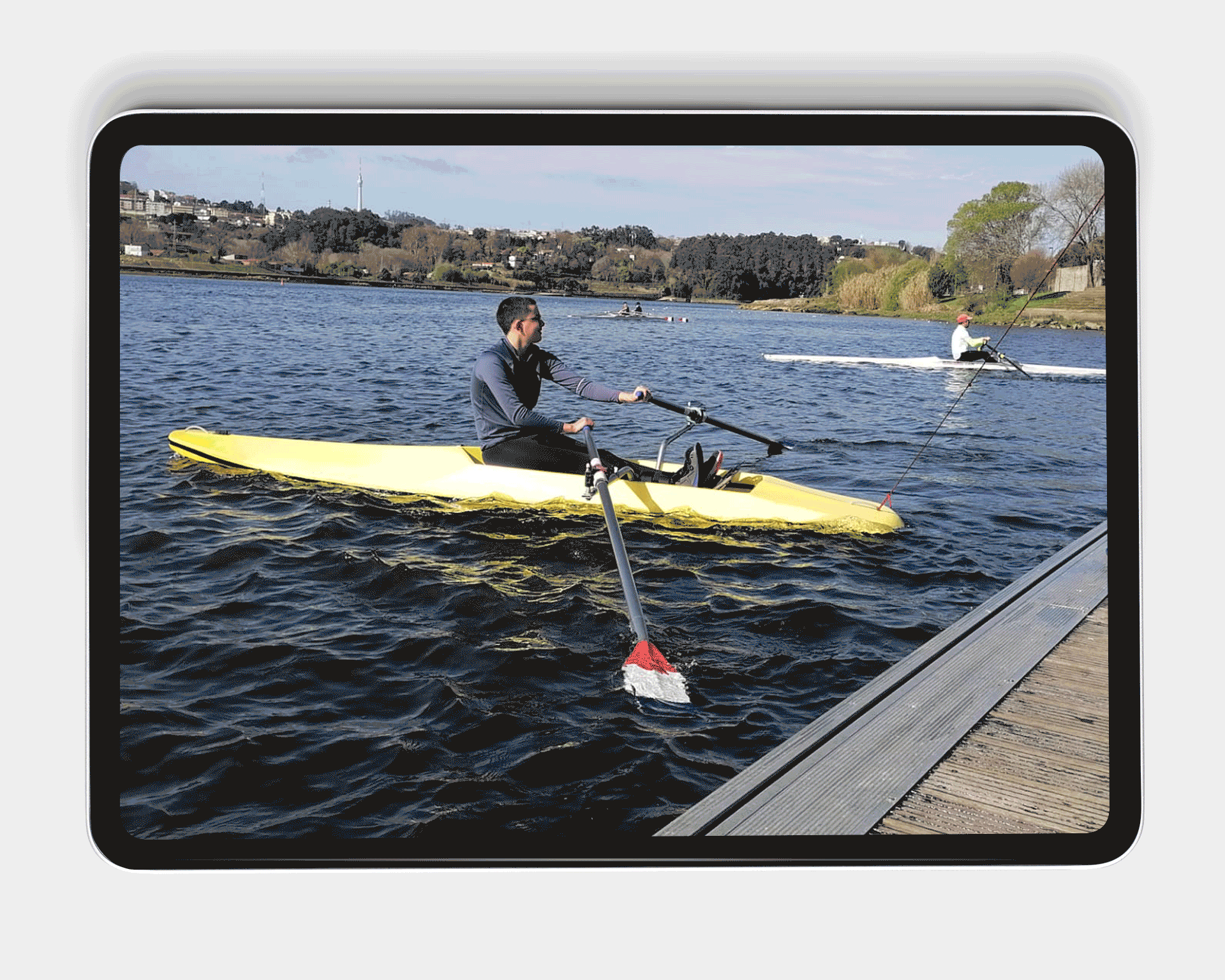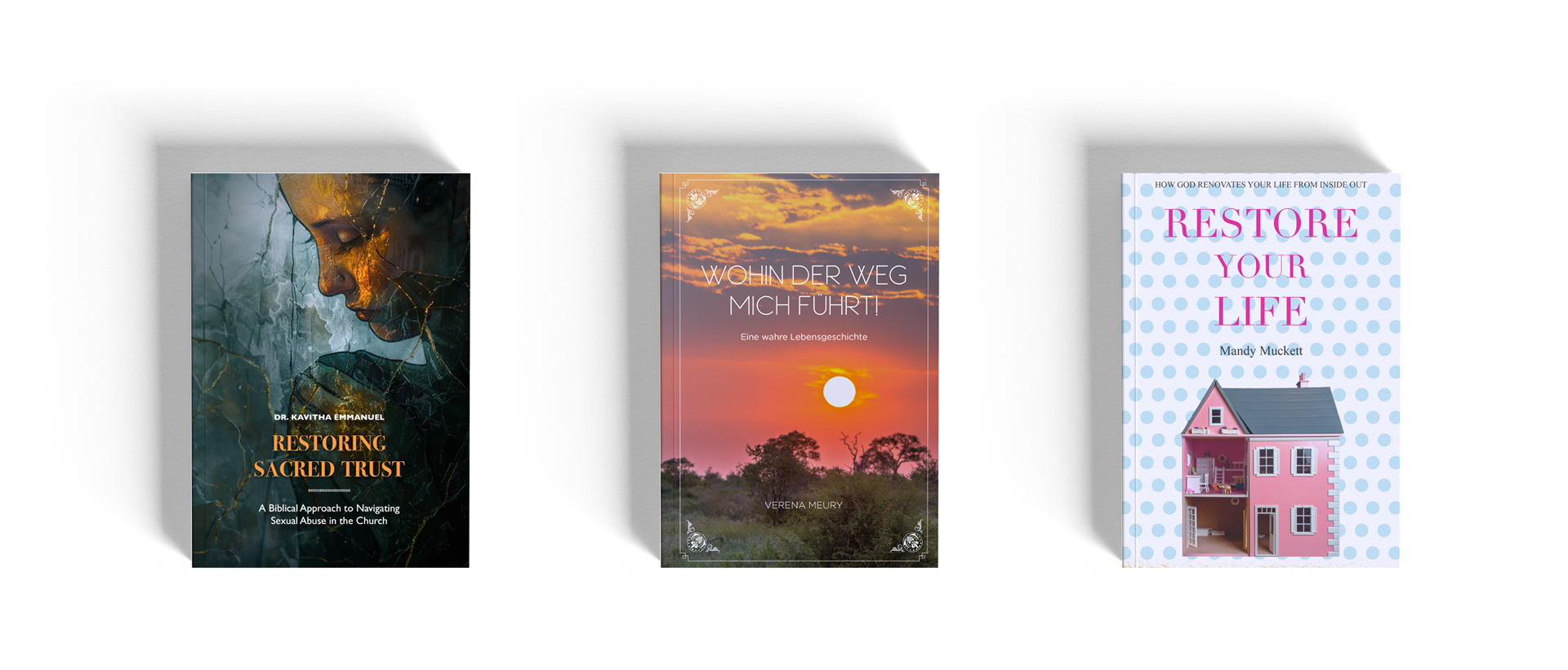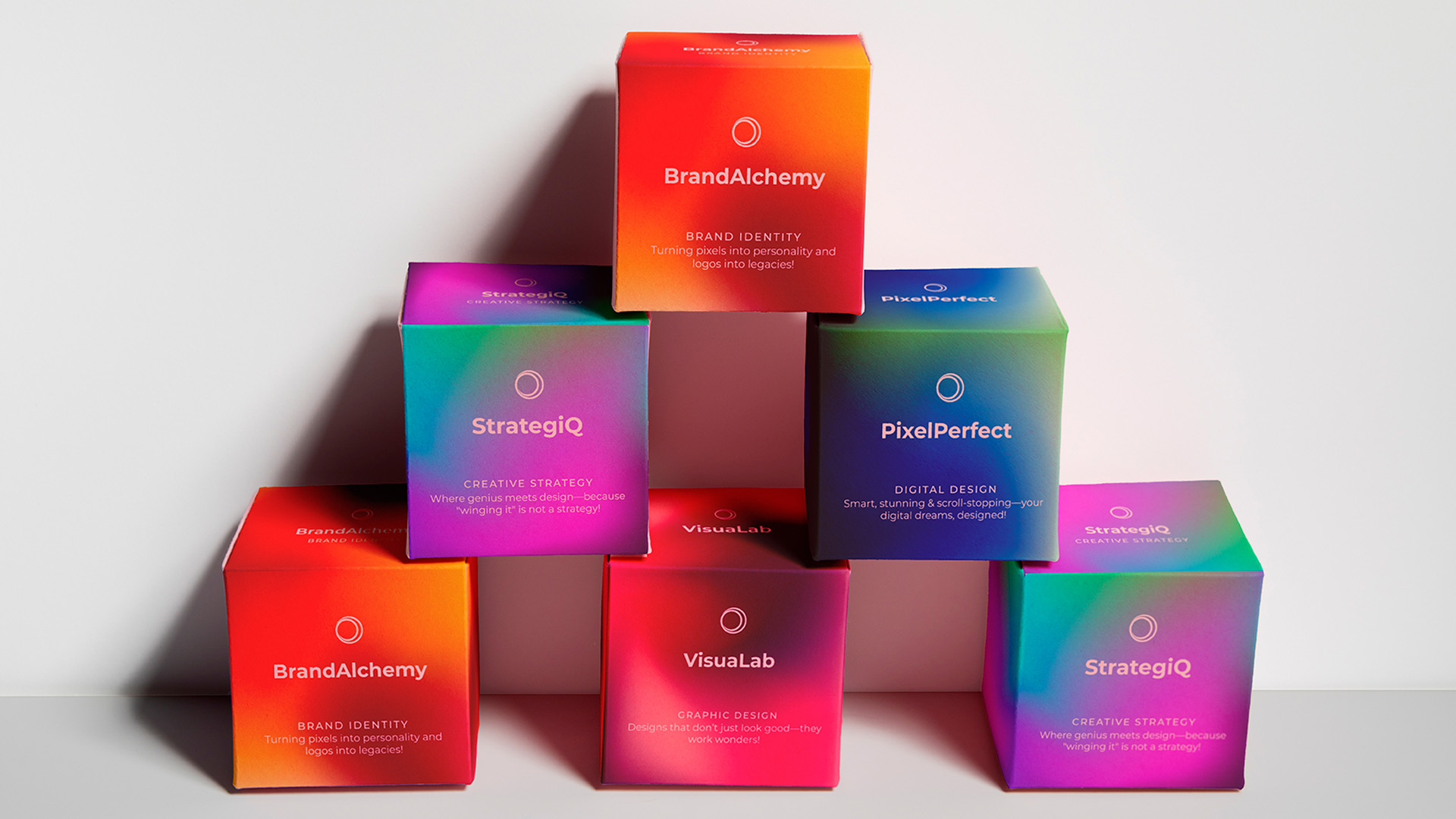They say, “Don’t judge a book by its cover,” but let’s be honest—everyone does. The book cover is the first impression, the digital handshake, the “Hey, look at me!” moment that can make or break a reader’s decision to pick it up. A well-designed book cover doesn’t just wrap the pages—it tells a story before the story begins.
For a project like The Little Boti Boat, a beautifully illustrated children’s book in English and Portuguese, the cover had to be as captivating as the story itself. Not only did we design the book cover, but we also illustrated the inner pages, bringing the story to life with vibrant imagery. Let’s dive into our process of designing a book cover that not only looks great but also sells the book inside.
1. Understanding the Book’s Soul (a.k.a. The Briefing Phase)
Before sketching a single concept, we first need to understand the book’s essence. This includes:
The genre is a charming children’s adventure. The target audience consists of tweens. The author’s vision is crucial—because let’s face it, authors have feelings too.
In the case of The Little Boti Boat, the goal was to create a cover that exuded adventure, whimsy, and a touch of the unknown. The bilingual aspect also meant that typography had to be carefully balanced between two languages without making the cover look like a chaotic word salad.
2. Research & Mood Boarding
Every great design starts with inspiration. This involves:
Studying market trends helps us understand what similar books are doing right. Creating a mood board allows us to gather colors, typography, illustration styles, and other elements that fit the book’s tone. Researching cultural and contextual details is essential when working on stories from different countries or backgrounds. For The Little Boti Boat, we took the time to understand what a ‘Boti boat’ is and explored the sport of rowing in Portugal to ensure accuracy and authenticity. Sketching rough ideas is where the magic starts to take shape—very messily, at first.
For The Little Boti Boat, the cover needed to blend illustration and typography seamlessly while evoking a sense of adventure. The night sky, the glistening water, and the lone little boat—every detail was carefully crafted to hint at the book’s enchanting storyline.

3. Concept Development & Typography Selection
Once the core idea was refined, we moved into digital development:
Choosing the right fonts is crucial, as a children’s book often calls for playful yet readable typography. Color psychology plays a key role, as the right hues evoke emotions and create connections. Blue represents calm and adventure, while yellow conveys warmth and joy. Balancing illustration with text ensures the cover doesn’t feel cluttered or overwhelming.
For The Little Boti Boat, we chose a whimsical, slightly hand-drawn title font to make it feel inviting and magical. Our illustrations were kept vibrant but not overpowering, allowing the title to stand out. We used a combination of Affinity Designer on the iPad, Adobe Illustrator, and Photoshop.
4. Refinements & Feedback
After an initial design is created, it goes through multiple rounds of refinements based on:
Author’s feedback is a crucial step—a delicate negotiation process where we sometimes have to convince authors that Comic Sans is NOT an option. Test audiences provide fresh perspectives, sometimes catching details we might have missed. Print vs. digital considerations are essential, as covers need to look good both on a bookstore shelf and as a tiny thumbnail online.
For The Little Boti Boat, we refined the title’s readability across both English and Portuguese while ensuring the illustration remained engaging for kids.

5. Finalizing and Preparing for Print & Digital Use
With the design locked in, the final step was exporting the design in high resolution to ensure it is print-ready. Adjusting the design for different formats—paperback, hardcover, and eBook—ensured consistency.
Beyond Covers: Our Full Book Design Services

While book covers are crucial, we also handle complete print design, book layout, custom images and illustrations so your book is print ready.
A book cover isn’t just decoration—it’s a sales tool, a branding element, and the first gateway into the story. For The Little Boti Boat, we designed both the cover and the inner illustrations to spark curiosity, invite young readers into an adventure, and reflect the heart of the story within.
So, the next time someone tells you that book covers don’t matter, just smile, nod, and then politely remind them that even The Great Gatsby wouldn’t be as iconic without its beautifully haunting cover.


